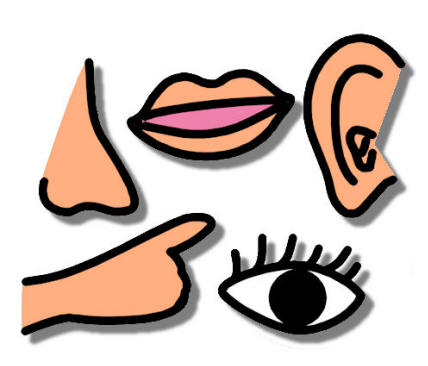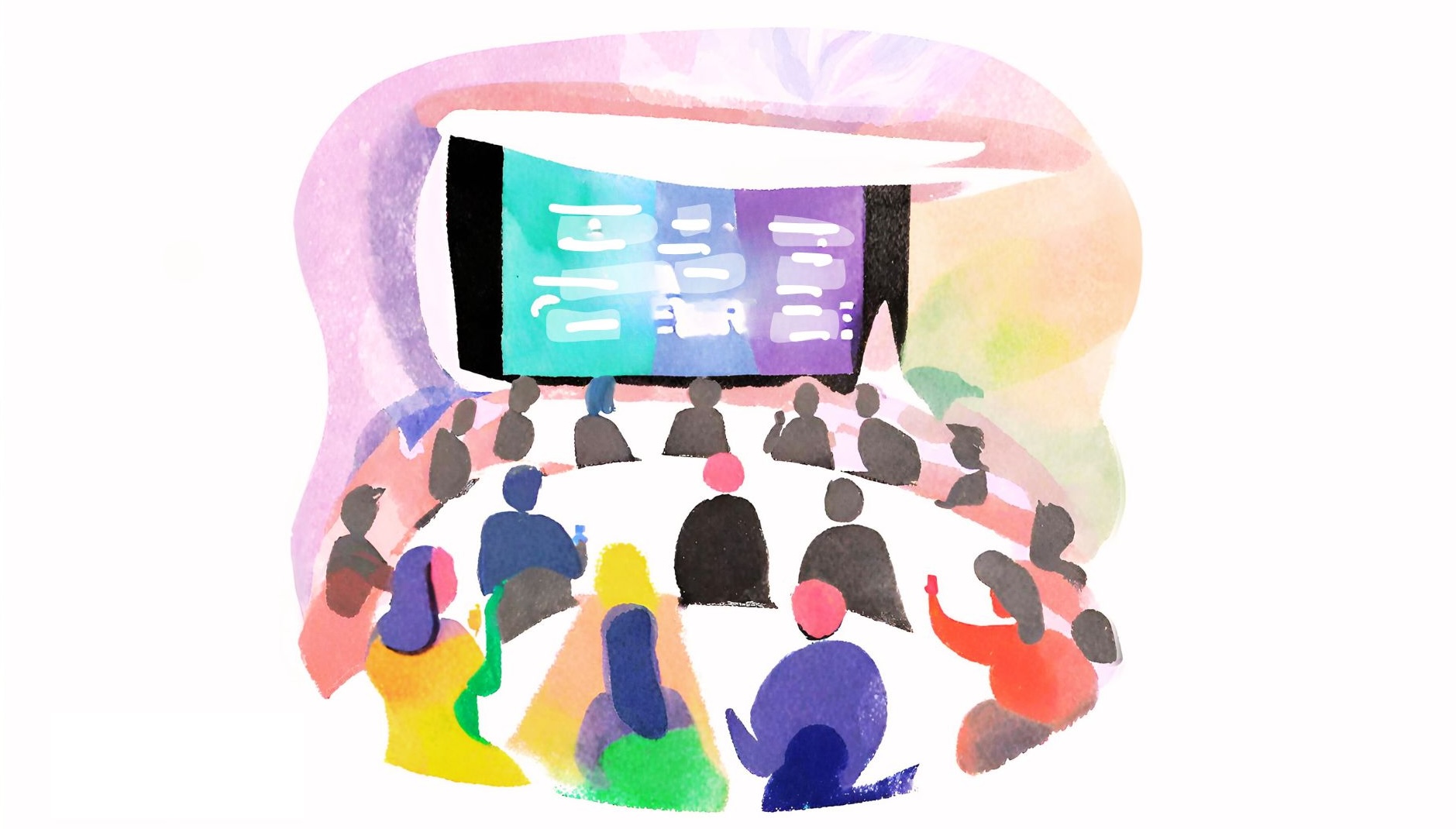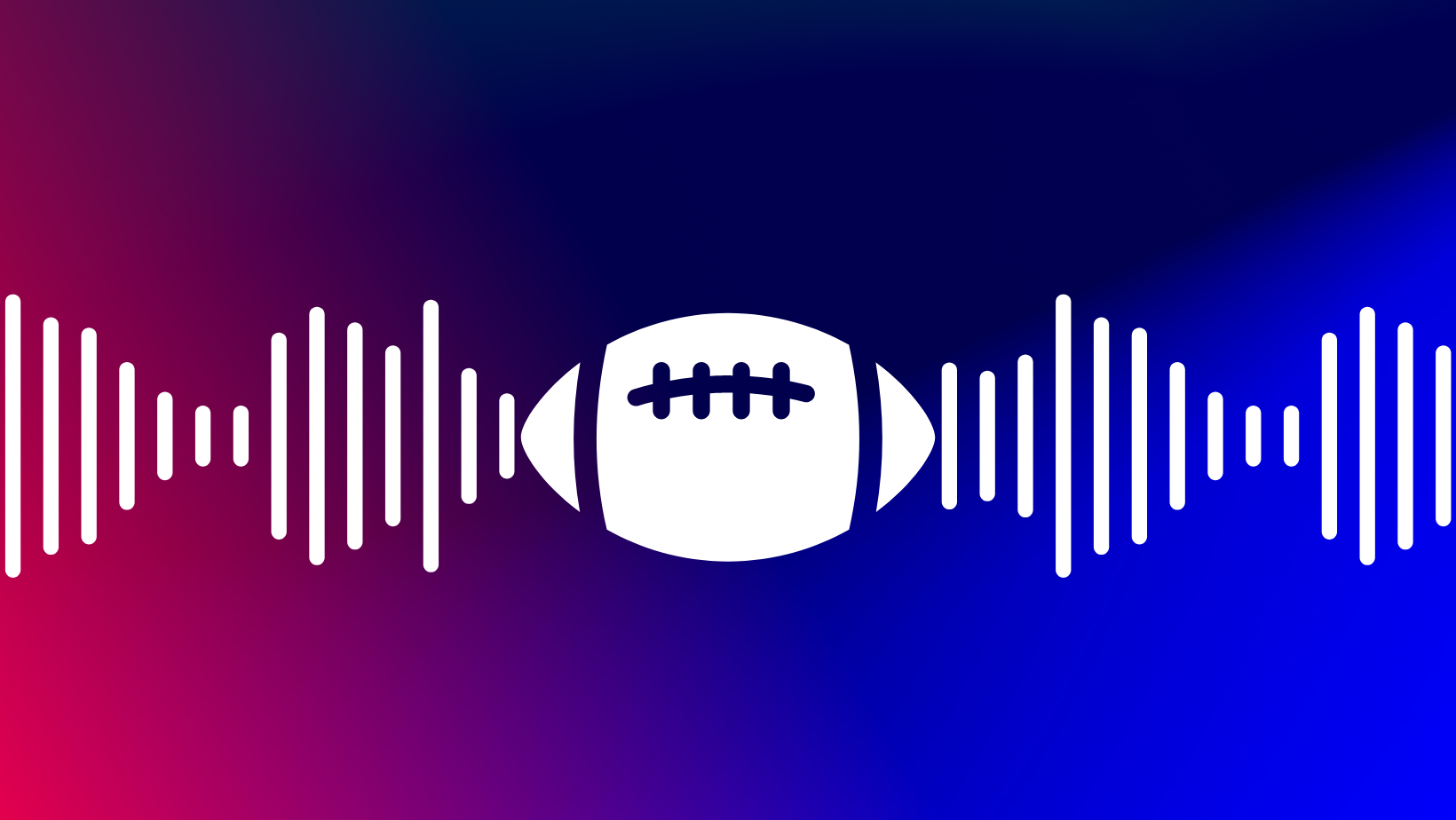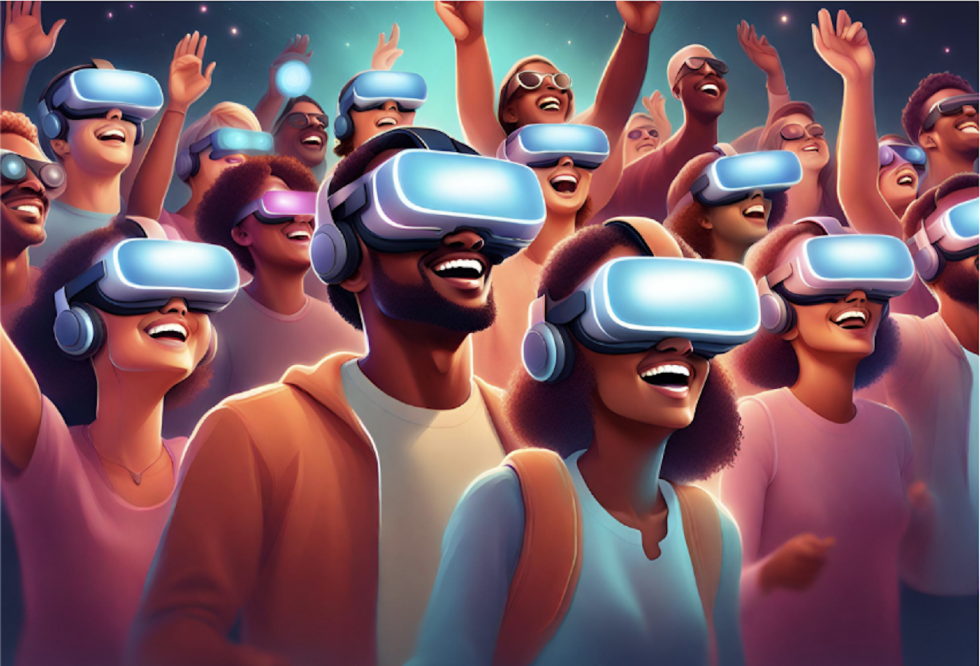Experiential Marketing: Understanding the Power of Sensation

By Steffanie Golliher, Experiential Strategist at The Marketing Arm
In the past 12 months, experiential marketing allowed us to buy beard oil from a Justin Timberlake pop-up shop, eat Cheetos-laced meatballs prepared by a celebrity chef, and stroll through a real-life episode of Westworld in the middle of Texas.
In addition to being engaging, entertaining, and unique experiences for consumers, these activations enabled brands to forge visceral, unmediated connections with consumers by leveraging sensation – rather than language – as their primary form of communication.
The Limitations of Traditional Advertising
Simply put, traditional advertising does not and cannot provide immersive, highly-sensorial experiences. Although traditional advertising is able to promote beard grooming tools, delicious cheesy snacks, and sci-fi television premiums, it cannot offer the novelty of buying limited edition beard oil from an ex-boy bander, the satisfying taste of warm Cheetos meatballs, or the feeling of being immersed in a world you otherwise can never experience. Despite its many merits, traditional advertising is constricted in its means of communicating and connecting with consumers because its sensory outputs are limited.
The Reliance on Language
Traditional advertising can only leverage two senses – sight and sound, which means it is more or less relegated to written or spoken language to make and communicate meaning. Because language is a system of signs and symbols, it must be decoded through logical faculties for comprehension. This means that the interpretation of language is a conscious process and, therefore, it can be filtered or mediated by personal biases.
Similarly, since language is a system of signs and symbols, its meaning is not inherent or instinctual. Rather, the meaning behind words is constructed and, as such, can only approximate the feeling or meaning the author hopes to convey. Music and other sound effects can certainly augment the emotional appeal of advertisements; however they cannot create the immersion needed to truly control the impact of the message – or even ensure that consumers won’t mute, fast forward or otherwise block the message entirely.
Traditional advertising’s limited sensory engagement and reliance on language has several important implications:
- For products or brands whose main function is satisfying a human sense other than sight or sound – say a snack brand – traditional advertising simply cannot produce the desired sensory effect. It may try to emulate the effect of crunch and flavor through sights and sounds, but it cannot allow you to taste, smell, or touch a product.
- Secondly, as noted above, the nature of language means it can be misinterpreted or at least not received with the same emotional nuance as intended. As consumers, we have so many points of reference, perspectives, and backgrounds from which we judge and process information. Left open to individual interpretation, marketing messages are not always received the way they’re intended.
- Finally, because of the sheer cadence and positioning of traditional advertising (commercial breaks, ads in magazines, and the like), we can easily choose to ignore or block ads. We don’t have to read or watch an ad and we can certainly choose to filter how we process and analyze the information it relays.
Communication Through Sensation
Unlike the conscious way in which language is interpreted, the non-verbal signifiers enabled by experiential marketing – like textures, scents, and tastes – are processed pre-consciously, stimulating the nervous system before the brain. In this way, sensory experiences are visceral and immediate. They are not mediated by logic, which means they cannot be biased, filtered, or even ignored.
Although we may, and often do, reflect upon these sensory experiences and attempt to rationalize the things we tasted, smelled, touched, and otherwise experienced, we cannot fully interpret individual sensory elements in the same way we can with language. We may be able to approximate why a certain lighting scheme or scent was incorporated in an experience, but our minds are unable to fully comprehend or seamlessly interpret all of the sensory elements operating on our bodies at any given time.
Further, even if we do recognize some of the sensory triggers acting upon us, like the scent of a candle in a hotel lobby or the soft music playing in a restaurant, it does not undermine the impact of experiencing these stimuli physically before we can consciously reflect on our experience with them. Because sensation acts on the body before the mind, our bodies internalize sensory stimuli before we are able to rationally process what, how or why we are being acted upon. In this way, sensation is the precursor to reason, often subverting our body’s desire to logically process information at all.
The Power of Experiential
While traditional advertising can absolutely make use of emotional and sensory appeals (just as experiential often leverages language), it simply cannot accomplish the same of type of immersive, unmediated and multi-sensory experiences that can be garnered through experiential. Justin Timberlake, Cheetos, and HBO could have used traditional advertising to merely tell consumers what to buy, eat, and watch through traditional advertising; but, instead, they created immersive, sensorial experiences to directly and viscerally show consumers why their brands and products are worth the investment.
Leveraging sensory stimuli – rather than verbal language – experiential enables a visceral, pre-conscious mode of communication that can only be achieved through immersion and sensation. As such, experiential provides a more impactful form of communication that connects with consumers on a deep-rooted, instinctual level, leaving them primed for future engagement with the products, services, and brands they experienced.



